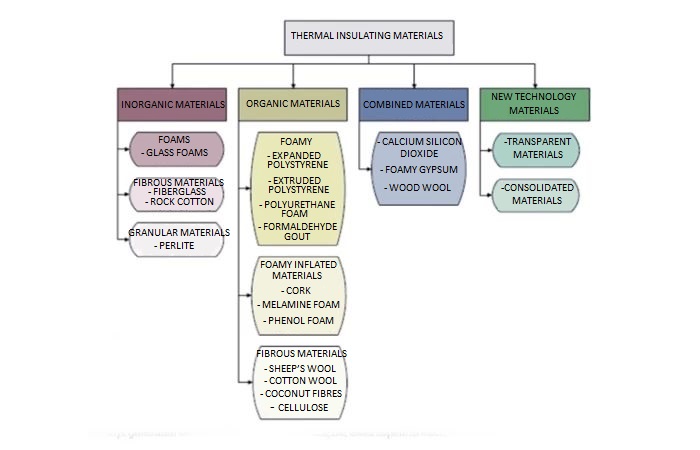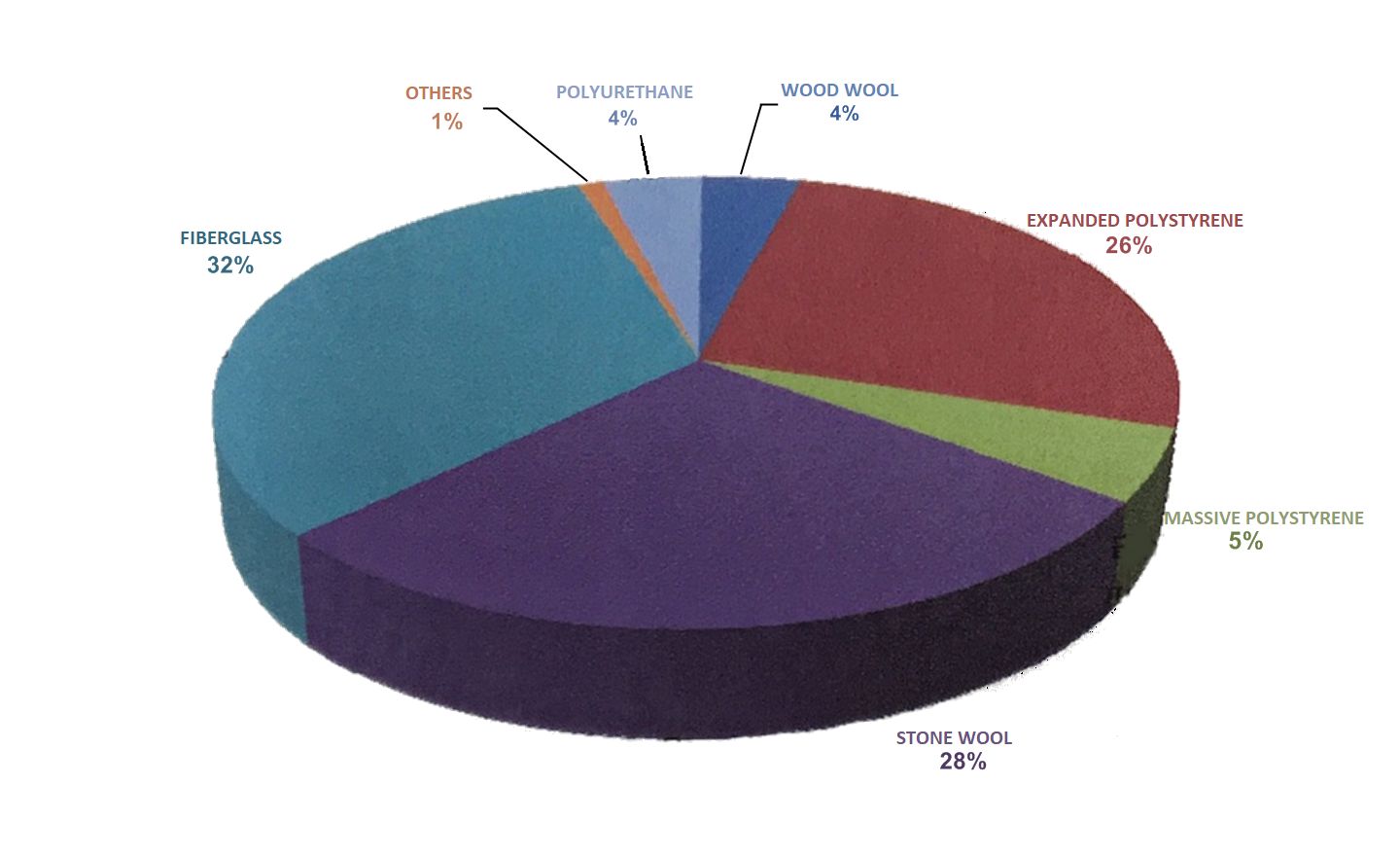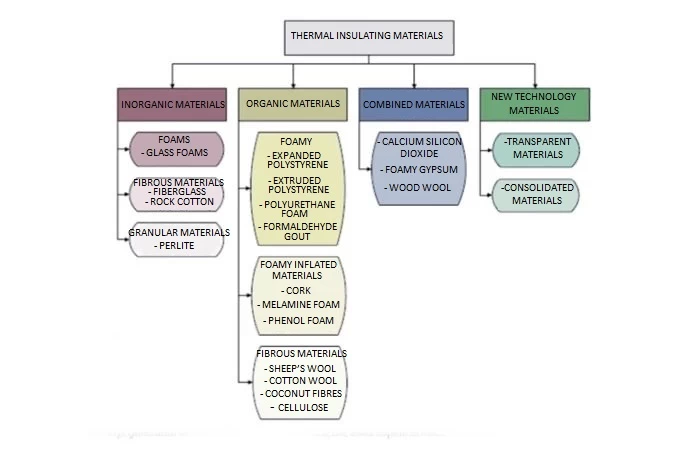The main target of thermal insulation and consequently of thermal insulation materials, is the thermodynamically correct operation of the building, by playing a decisive role in reducing energy demand and operating costs.
Thermal insulation materials owe their insulating attribute to the presence within them of a large number of very small cells which containing trapped air (still air has the lowest known value of thermal conductivity). In this way, in addition to their insulating properties, they are also lightweight.
Thermal insulation properties of a material are affected by temperature and humidity. Humidity in particular is a major problem because, as mentioned in another article, the presence of moisture fills the pores of the material, displacing air and thus destroying its insulating properties.
Water and ice have a coefficient of thermal conductivity λ approximately 24 and 92 times greater than air, respectively.
Consequently, even a small increase of moisture inside the materials, can cause an increase in the coefficient of thermal conductivity, as the trapped water takes the place of air.
Depending on thermal insulating material which is considered in each case, the way it is used in the construction, the way it is produced, its resistance to heat transfer and the parameters and the extent to which these can alter its properties differ.
The category of lightweight thermal insulating materials includes all materials that have:
- a coefficient of thermal conductivity λ < 0,065 W/mK
- Coefficient of thermal resistance R ≥ 0,5 m²K/W
The classification of thermal insulation materials is based on various criteria, the main ones being

The chemical composition of their components and are divided into:
- Organic materials (polystyrene, polyurethane foam, cork, cellulose, etc.)
- Inorganic materials (foam glass, rockwool, glass wool, perlite, etc.)
- Compositive materials (containing organic and inorganic compounds, e.g. wood wool)
- New technology materials (vacuum panels, aerogels)
The structure of materials and are divided into:
- Foams, in which air is present in the form of bubbles (expanded and extruded polystyrene, polyurethane foam)
- fibrous, in which the air is contained between the fibres, just as it is in a woolen fabric (rockwool, glass wool, coconut fibres)
Their final use and are divided into:
- Category 1: Materials suitable for non-load-bearing structures such as walls and suspended ceilings.
- Category 2: Materials suitable for applications with limited loadings, such as floating and heated floors.
- Category 3: Materials suitable for floating floors, industrial floating floors and floors with vehicle parking areas where high resistance to permanent deformation due to compressibility is required.
The table below shows the classification of thermal insulation materials on the European market.


